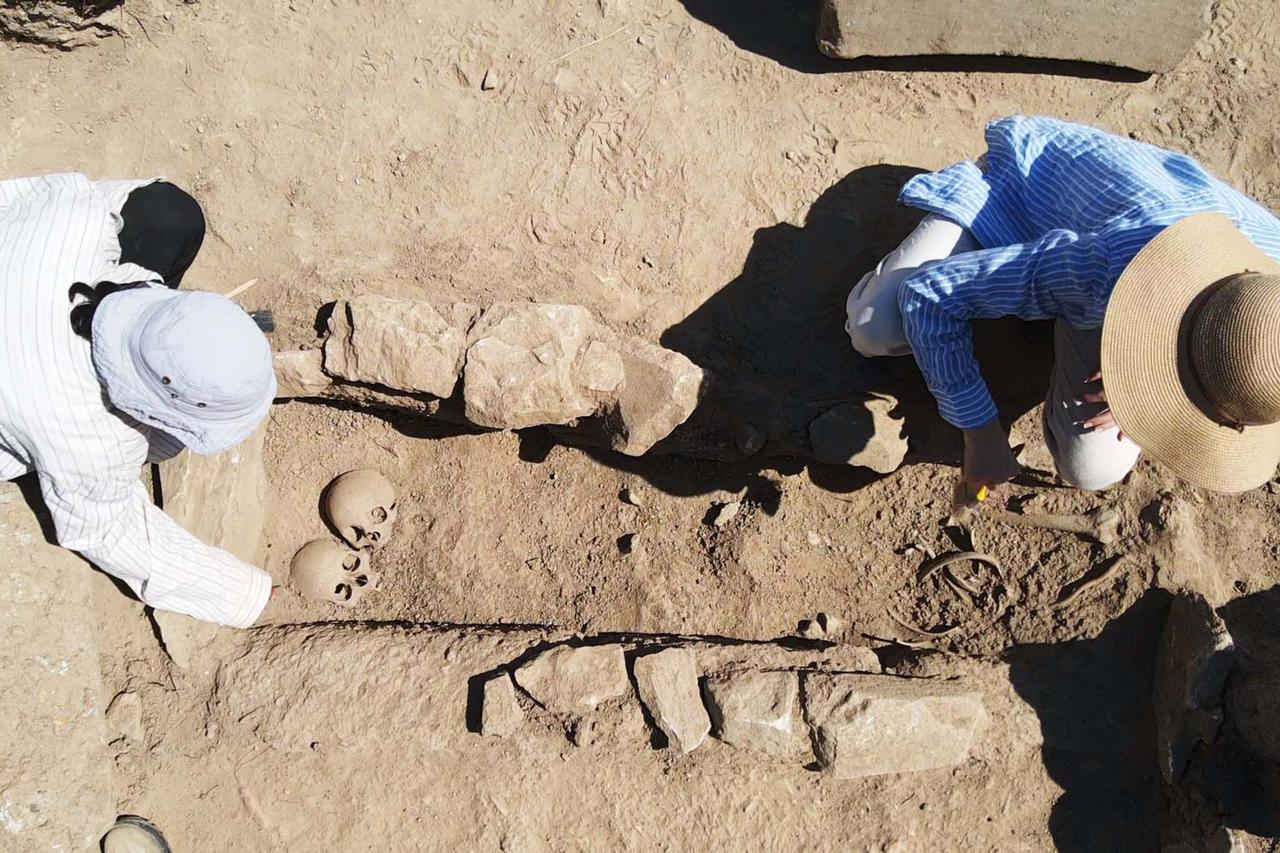
Archaeological excavations in the ancient city of Herakleia—known as Heraclea—located in Türkiye’s southwestern province of Mugla, have brought to light a significant number of Byzantine-era burials.
The discovery includes graves of both children and adults, as well as personal items, within and around the ruins of a large church structure.
The excavation site lies on the southern slopes of the Latmos Mountains, an area known for its striking rock formations and rich historical layers. Herakleia, situated in the Milas district, continues to attract both tourists and archaeologists due to its combined natural and cultural significance.
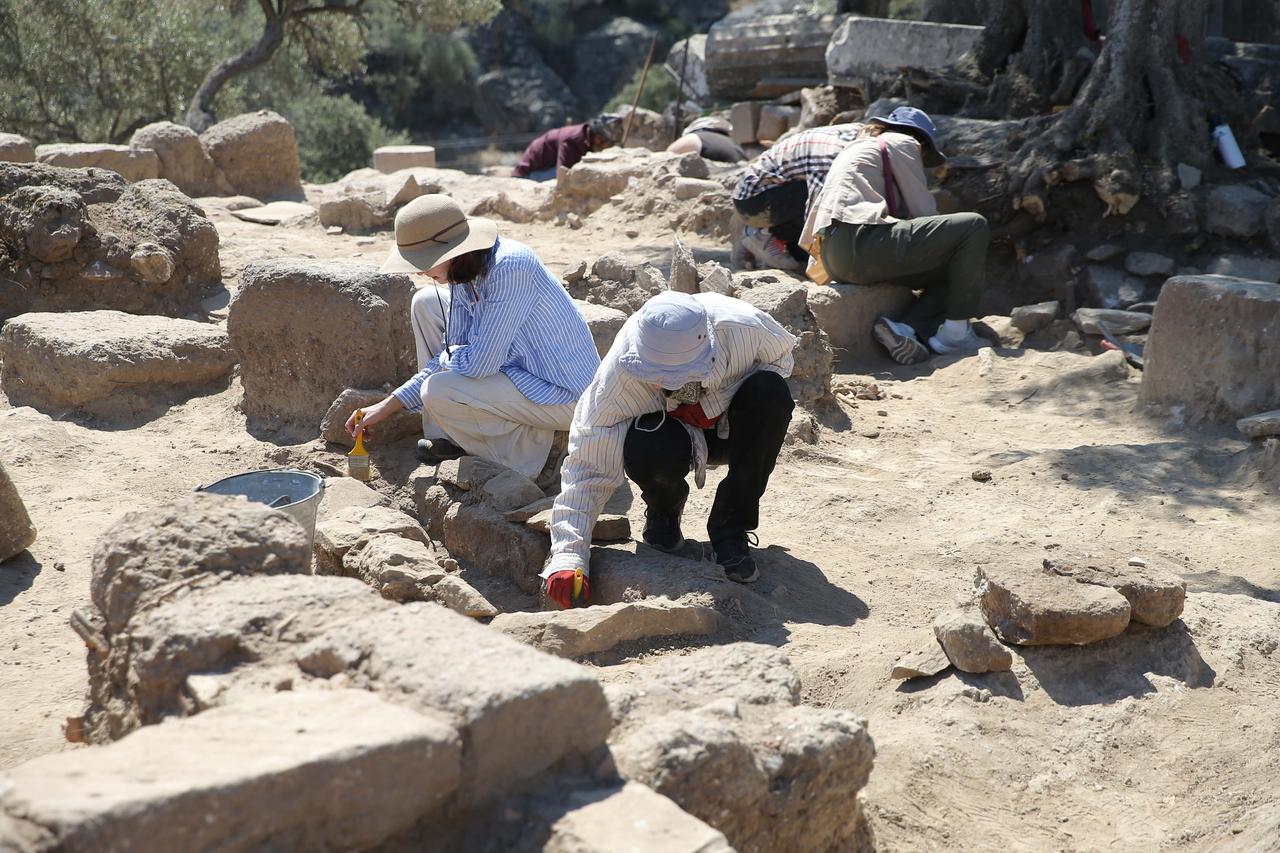
According to Professor Zeliha Gider Buyukozer, who leads the Latmos and Herakleia Excavations on behalf of Selcuk University, the team had recently completed work on a Roman bathhouse as part of the "Heritage for the Future" project launched in 2024.
Attention has since shifted to a new area near the Temple of Endymion, where excavation began at a structure locally referred to as the “Doric building,” named after the Doric marble blocks on its facade.
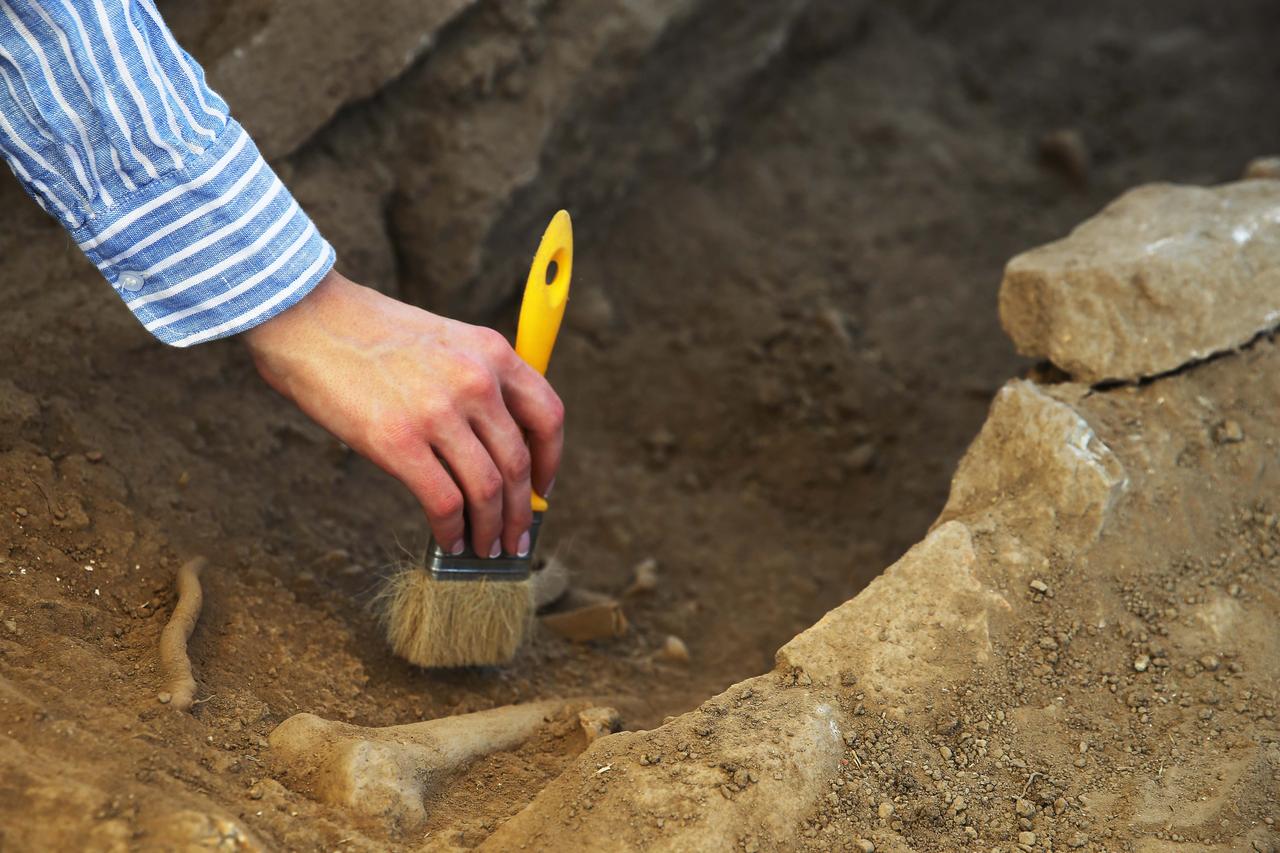
As excavations progressed, archaeologists uncovered the remains of a sizeable Byzantine church. Once the church had fallen out of use, the surrounding area, including parts of its northern wall and collapsed structures, appears to have been repurposed as a burial ground or necropolis.
A striking aspect of the discovery lies in the high number of child burials found at the site. Most of the upper layers revealed graves belonging to children aged up to 14, with six of the 10 child graves belonging to infants under one year of age. As excavation continued deeper into the layers, adult graves began to appear.
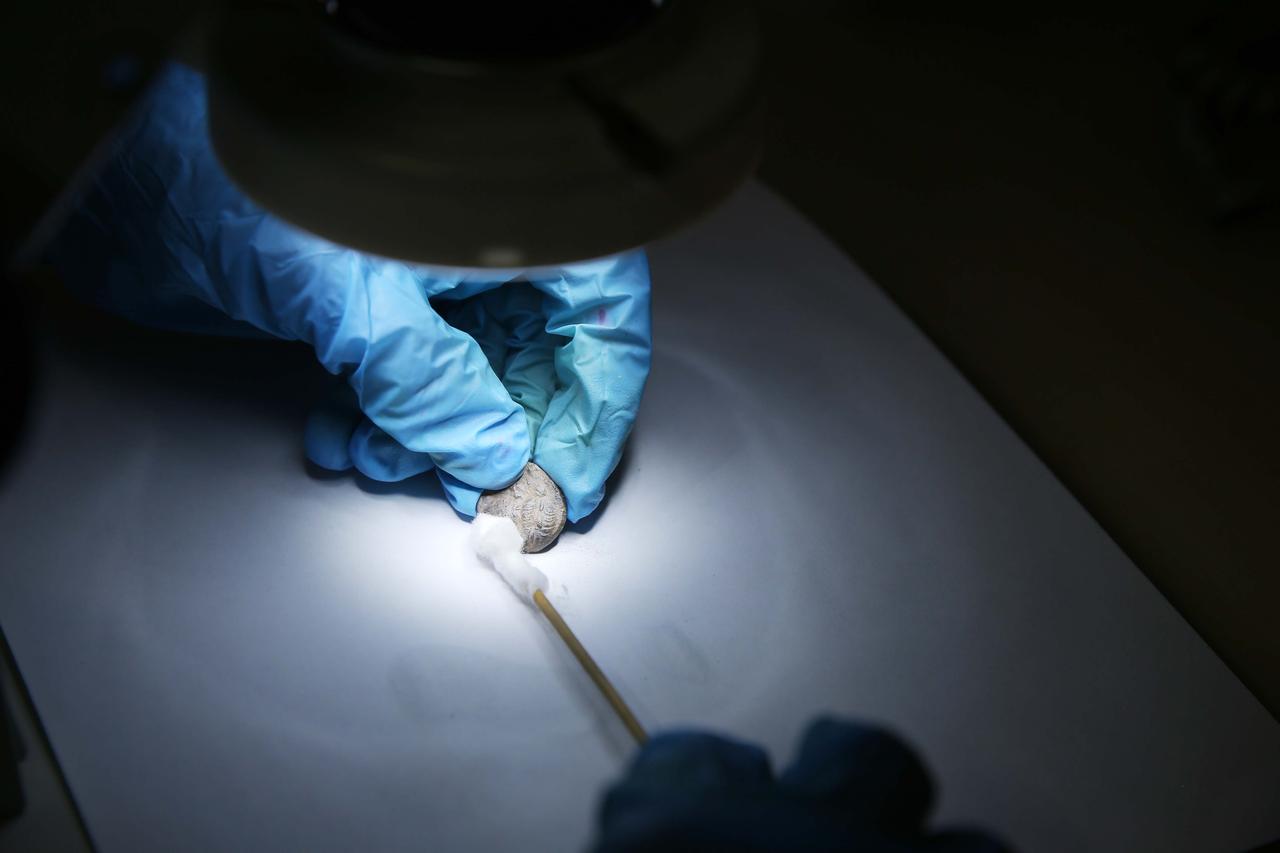
The presence of so many child burials in close proximity has led the team to consider the possibility of an epidemic that may have disproportionately affected younger individuals. The continued discovery of child graves as the work expands northward seem to support this theory.
The excavation also revealed instances of double burials, a practice observed in some of the graves. In one case, two skulls were found side by side in a single grave. The first individual’s remains had been pushed toward the foot of the grave, with only the skull left in place, making room for the second burial.
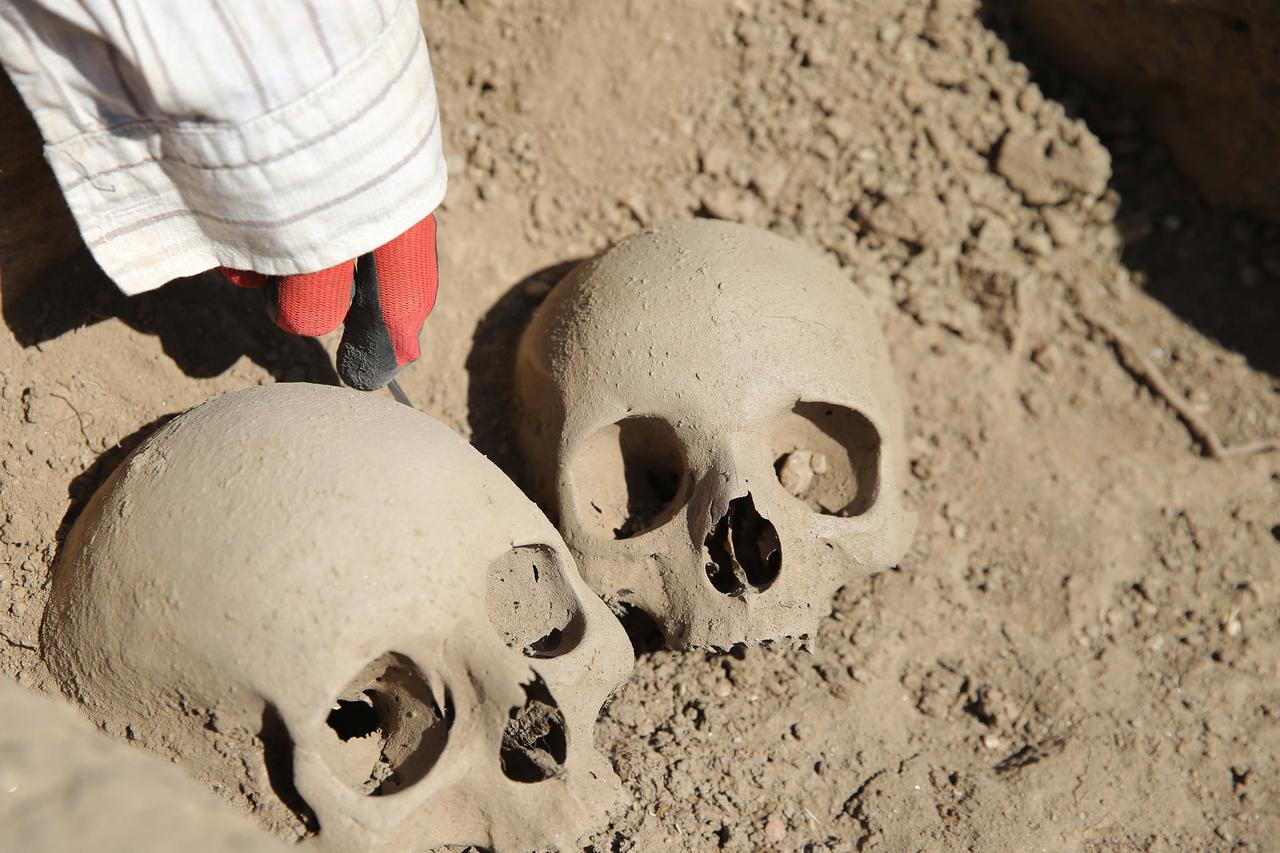
Some of the graves, especially those of children, contained solitary jewelry items believed to be offerings or “grave gifts.” The findings suggest cultural practices related to mourning and the afterlife that were in place during the Byzantine period.
So far, the team has excavated 21 graves, but Buyukozer noted that the number is expected to rise as work continues. The findings offer valuable insight into the settlement’s later periods and shed light on community responses to loss and disease during the Byzantine era.